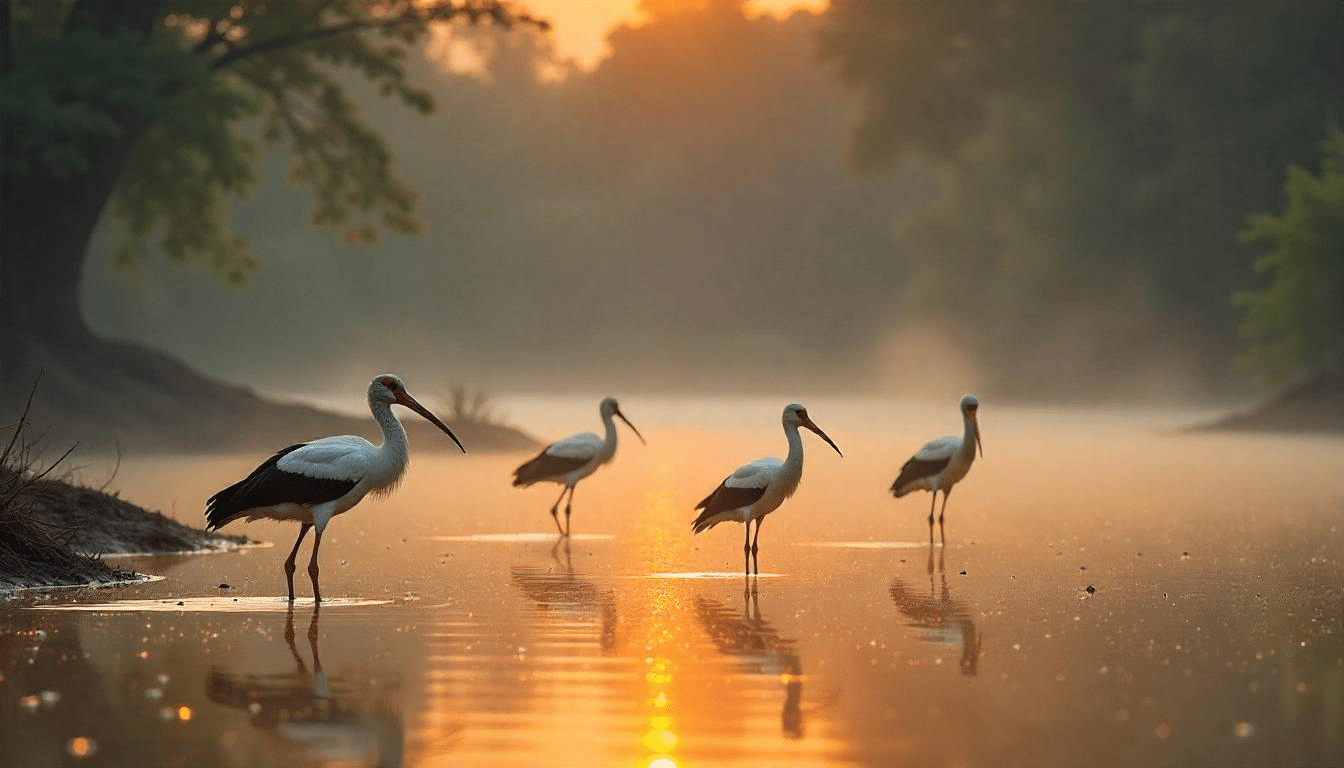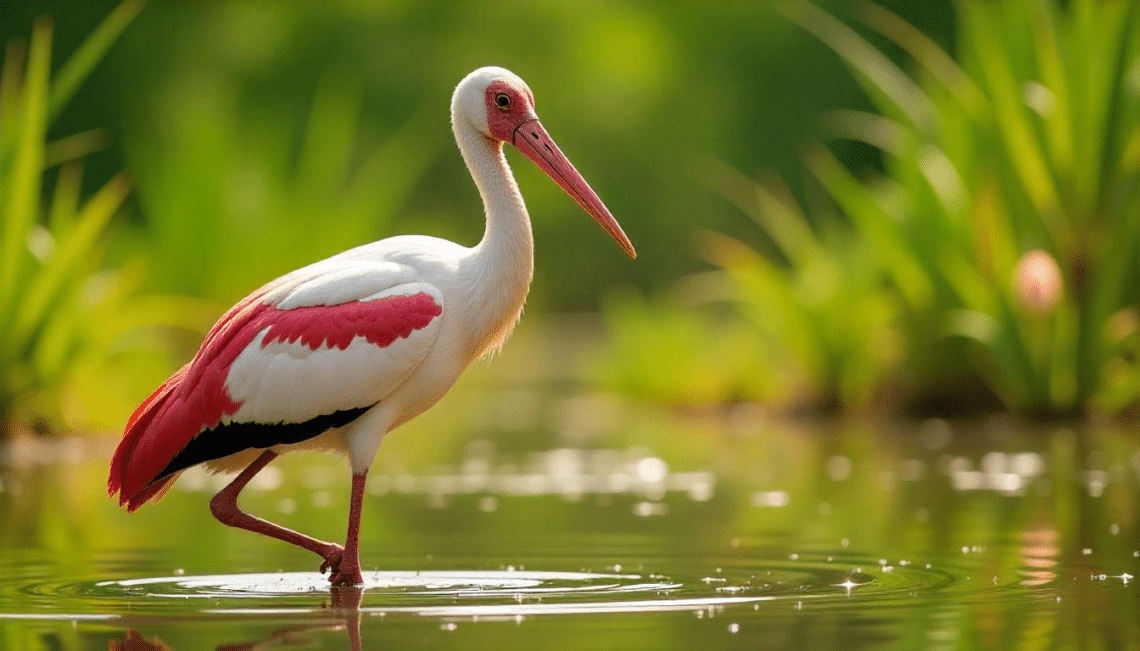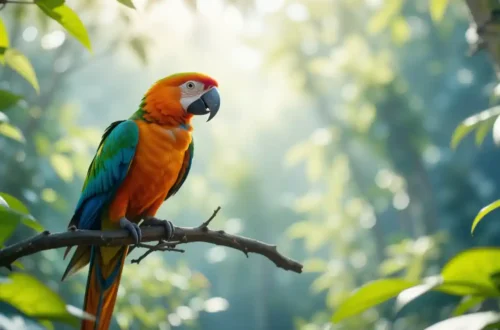Discovering the Diverse Water Birds of India
India, with its vast array of wetlands, rivers, lakes, and coastal areas, is a haven for water birds. The country’s diverse ecosystems support a wide range of these birds, making it a paradise for birdwatchers and nature enthusiasts. In this article, we will explore the fascinating world of water birds name in India, highlighting some of the most common species and their habitats.
Introduction to Water Birds Name in India
Water birds in India are incredibly diverse, including ducks, geese, swans, grebes, pelicans, darters, cormorants, herons, ibises, spoonbills, storks, cranes, rails, moorhens, coots, and waders. These birds are adapted to life in or near water, with features like webbed feet, specialized bills, and the ability to dive for prey.
In India, wetlands such as the Vembanad-Kole wetland system in Kerala are crucial habitats for over 150 species of water birds, including migratory ones. These areas not only provide shelter but also serve as breeding grounds for many species.
Common Water Birds Name in India
- Common Kingfisher: Known for its bright orange-blue plumage, the Common Kingfisher is a frequent visitor to India during the winter months. It is renowned for its sharp bill, which it uses to catch fish from the water’s surface.
- Indian Black Ibis: This bird is easily recognizable by its glossy black body and pink facial skin. It is often found in freshwater lakes and marshes across India, where it builds nests using sticks and reeds.
- Little Egret: With its white plumage and slender black bill, the Little Egret is a common sight in India, particularly during the rainy season. It nests in colonies near water bodies, creating a picturesque scene with its elegant movements.
- Indian Pond Heron: This small heron is well-known for its spotted brown and white plumage, which provides excellent camouflage. It is frequently seen in wetland habitats throughout India, including ponds and rice fields.
- Painted Stork: Found in the wetlands and coastal regions of India, the Painted Stork is notable for its colorful facial skin, which becomes more vibrant during breeding season.
- Indian Spot-billed Duck: A medium-sized dabbling duck, this species is common in wetland habitats across India. It is social and often seen swimming in groups.
- Purple Swamphen: Known for its deep blue-purple body and fiery red bill, the Purple Swamphen is a prominent waterfowl species in India. It inhabits swampy areas and feeds on aquatic vegetation.
- Osprey: A migratory bird of prey, the Osprey visits India during winters. It is famous for its fish-eating diet and remarkable hunting skills.
- White-browed Wagtail: This tiny bird is often seen near water bodies in India, known for its lively nature and distinctive tail-wagging behavior.

- Common Moorhen: With its slate-gray body and long yellowish-green legs, the Common Moorhen is easily recognizable in India. It is territorial and makes a distinctive squealing sound.
- Green Sandpiper: Found in ponds and rivers across India, the Green Sandpiper is known for its dark greenish-brown plumage and unique teetering motion while hunting.
- Grey Heron: A large bird with long legs and a dagger-like bill, the Grey Heron is common in lakes and coastal areas of India.
- Black-winged Stilt: Recognizable by its long, thin legs, the Black-winged Stilt is often seen in shallow waters across India, where it searches for small aquatic insects.
- Pheasant-tailed Jacana: Known for its long legs and toes, this bird can walk on aquatic vegetation in shallow lakes and marshes throughout India.
- Pied Kingfisher: A well-known species in India, the Pied Kingfisher is highly adaptable and can be seen in both freshwater and saltwater environments.
Migratory Water Birds in India
India is a crucial stopover for many migratory water birds, particularly those traveling along the Central Asian and South Asian Flyways. These birds often winter in India’s wetlands, where they find abundant food and shelter. The Pichavaram mangroves in Tamil Nadu, for example, are an important wintering site, though the waterbird population has decreased significantly due to habitat changes.
Conservation Efforts for Water Birds in India
Despite their importance, water birds in India face numerous challenges, including habitat loss and human activities. Wetlands, which are vital for these birds, are often converted into agricultural land or urban areas, leading to a decline in waterbird populations. Conservation efforts are essential to protect these habitats and ensure the survival of water birds. Initiatives such as sustainable land use practices and the protection of wetland ecosystems can help maintain the balance of nature in India.
Exploring Water Birds in Different Regions of India
- Kerala: Known for its rich biodiversity, Kerala hosts over 150 species of water birds. The Vembanad-Kole wetland system is a significant habitat for many of these species.
- Tamil Nadu: The Pichavaram mangroves are a crucial wintering site for migratory water birds, though habitat loss has affected bird populations here.
- Rajasthan: Places like Keoladeo Ghana National Park in Bharatpur are renowned for their diverse water bird species, including the Little Cormorant and Indian Darter.
- Maharashtra: Wetlands in Maharashtra, such as those in Pune, are home to species like the Little Crake.
Conclusion
Water birds name in indiaare a testament to the country’s rich natural heritage. From the majestic Painted Stork to the agile Pied Kingfisher, each species plays a vital role in maintaining the ecological balance of India’s diverse ecosystems. As we appreciate these birds, it is equally important to support conservation efforts to protect their habitats and ensure their continued presence in India.
By exploring and learning about these fascinating creatures, we can better understand the importance of preserving India’s natural beauty for future generations. Whether you are a seasoned birdwatcher or just starting to explore the world of water birds, India offers a unique opportunity to connect with nature and appreciate its wonders.






